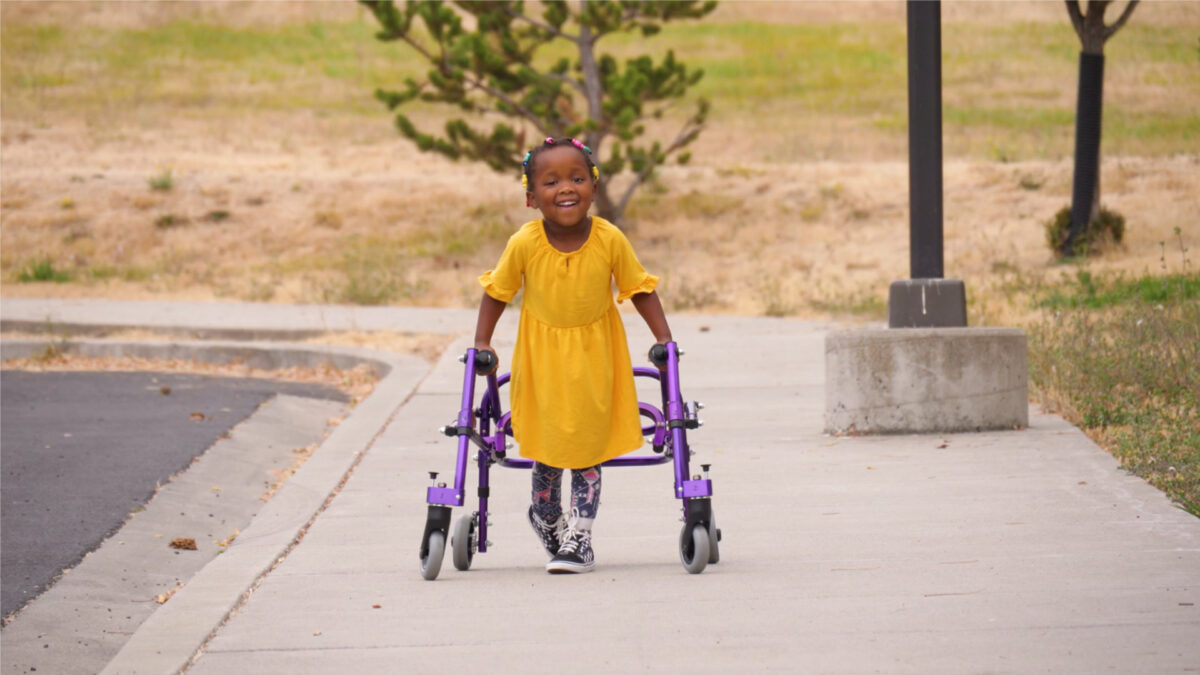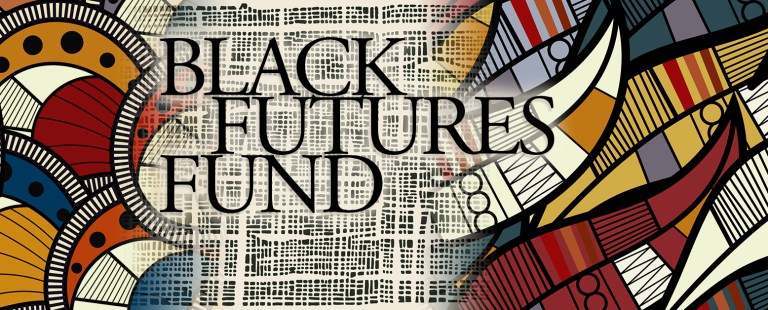|
|
by Sharon Lewis
In March, during the festivities of St. Patrick’s Day, there’s a quieter yet significant observance deserving of recognition. March also marks Cerebral Palsy (CP) Awareness Month, culminating in National CP Awareness Day on March 25. While many celebrate with green attire for St. Patrick’s Day, advocating for CP awareness offers a meaningful way to honor this cause throughout the month.
“The goal of National CP Awareness Month is to push for positive change in education programs, the health care system, and the job market to provide more opportunities to those living with this disability,” according to cerebralpalsyguide.com.
According to the Centers for Disease Control, each year in the U.S. one in every 33 babies (3% of all births) born has a birth defect. One of those birth defects is CP, a permanent disability that impacts mobility and muscle strength. CP is caused by damage to the fetal or infant brain. It can be difficult to pinpoint the exact cause of the brain damage. Still, several factors may cause a child to develop the condition.
Unfortunately, some cases of cerebral palsy are caused by preventable birth injuries that stem from medical negligence before, during, or after delivery.
This early brain injury often means that the brain cannot easily send clear
messages to the body (such as to the muscles) to initiate movement. As a result, posture, movement control, and sometimes other aspects of function may be ‘impaired.’ The more you understand, the more you will be able to help support a child or adult, encourage skill development, and improve outcomes.
Causes before or during birth include:
- Premature birth
- Congenital malformations due to disruptions in fetal brain development
- Infections of the central nervous system
- Strokes that affect a developing brain
- Genetic issues that affect a developing brain
- Kernicterus (brain damage from the toxic buildup of bilirubin, a chemical made in the liver
- Meconium aspiration
- Newborn hypoglycemia (low blood sugar)
Causes after birth include:
- Accidental injuries
- Physical abuse
- Asphyxiation
- Infection, stroke, or bleeding in and around the brain
- Jaundice and Kernicterus
According to the Cleveland Clinic, “CP is uncommon overall. Between 5,500 and 13,100 children in the United States are born with it each year. Research indicates that as of 2019, more than 1 million adults in the U.S. are living with cerebral palsy, and experts also expect that number will keep growing.”
Spreading Cerebral Palsy Awareness
Activists began this official observance of CP Awareness Month in 2006. Since that time, schools, businesses, and communities have stepped up and come to understand the disability better and support people with CP. Thanks to these efforts, great strides have been made towards inclusion for people with CP.
“The Cerebral Palsy Foundation has designed a curriculum for schools. Titled ‘Just Say Hi,’ it aims to help students engage with peers who might be different from them. By opening these conversations, students are beginning to see we are much more connected than we realize.”
Some businesses have begun showing their support by hiring people with CP
and providing the necessary accommodation for their employees. By hiring
more people from diverse backgrounds including individuals with disabilities, businesses can benefit from new perspectives and a more diverse workforce. In some cases government funding can be attained to cover the cost of the accommodation and salaries.
In 2023 U.S Congressman Steve Cohen of Tennessee introduced the CP
Research Authorization Act to secure $5 million in research funding for the
CDC because the lack “of dedicated federal funding has limited any potential
advances into the care and treatment of cerebral palsy.” Also, “there is no
standard of care for treating CP, and very few healthcare providers specialize
in treating adults with CP.”
Show Your Support During CP
According to the CP guide website, there are numerous ways to show your support during CP Awareness month. The first of which is to wear green all month long. Additionally, you can:
- Advocate for more research funding by writing letters to government officials using the GoGreen4CP template.
- Donate to organizations such as the Cerebral Palsy Foundation to support the community.
- Encourage people to learn more about cerebral palsy on National Cerebral Palsy Awareness Day on March 25.
- Help advocate for more accessibility accommodations in public spaces so people with cerebral palsy have more freedom.
- Share photos and stories about cerebral palsy online using the hashtag #GoGreen4CP.
To support the cerebral palsy community year-round, consider joining a
support group. There are plenty of community support organizations around
the country that need volunteers.
More people nationwide celebrate National CP Month each year and break
down barriers to help open more areas of society to those with disabilities. Despite the many good things that have been accomplished since 2006 in this arena by committed activists, there is still more work to be done until every person with CP is included, has the appropriate healthcare, is supported, and heard.







